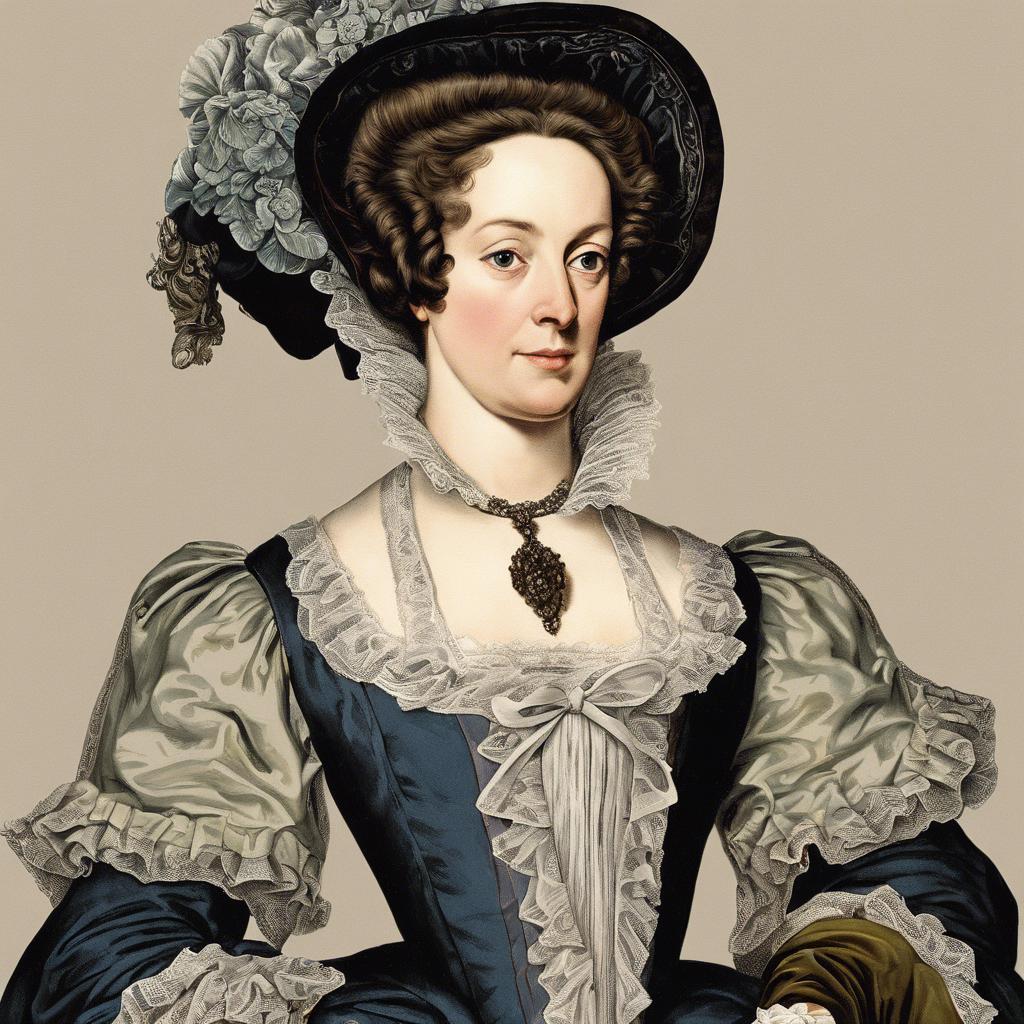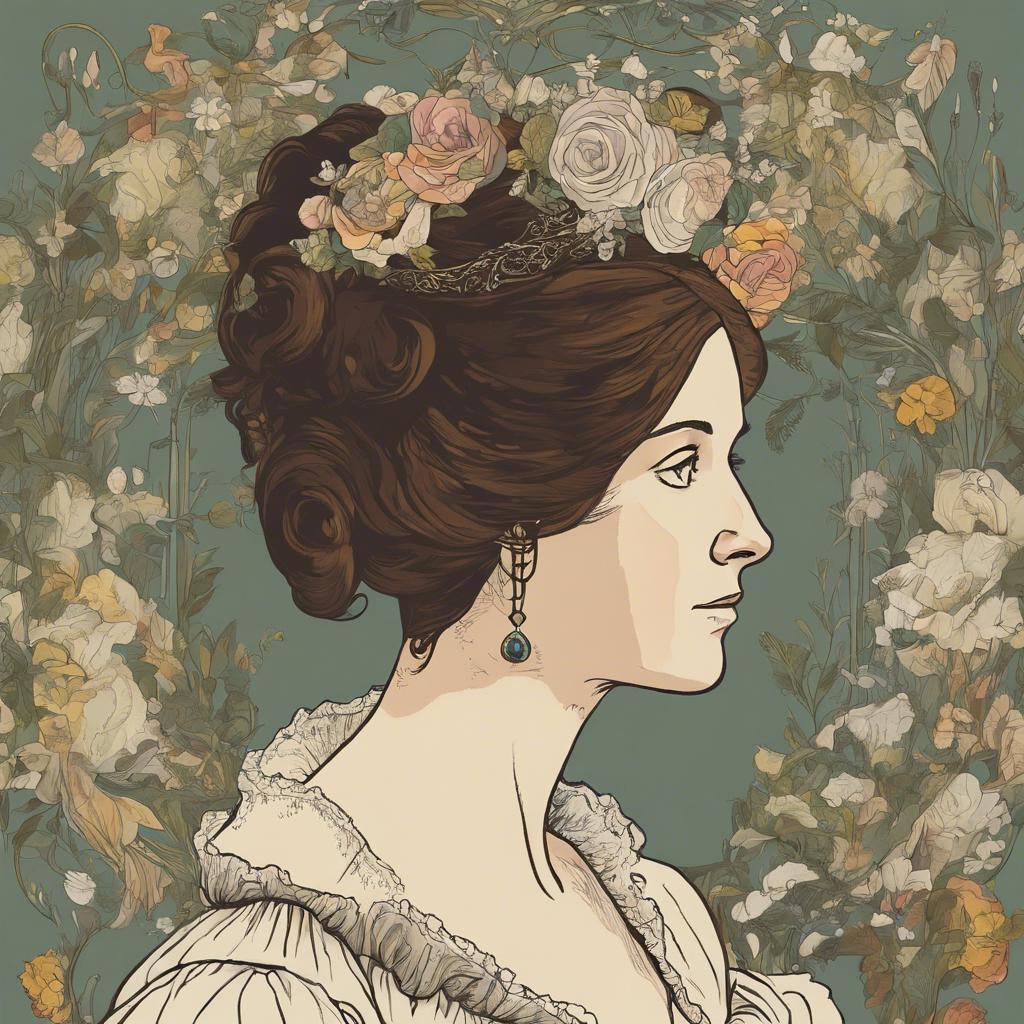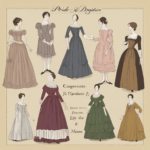In the early 19th century novel “Pride and Prejudice” by Jane Austen, one of the most memorable characters is Lady Catherine de Bourgh. As a prominent member of the landed gentry, Lady Catherine embodies the traditional values and societal expectations of the era. Through her interactions with the other characters, particularly with the protagonist Elizabeth Bennet, Lady Catherine’s pride and arrogance serve as a stark contrast to the more progressive and independent ideals championed by Austen. In this article, we will delve into the complexities of Lady Catherine’s character and her role in shaping the themes of class, gender, and social hierarchy in Austen’s enduring masterpiece.
Step Into the World of Cheryl Bolen
Dive into the enchanting stories of love, intrigue, and elegance set in the Regency Era. Cheryl Bolen's novels offer timeless romance and captivating tales that will leave you wanting more.
Explore Cheryl Bolen's Books Now
Lady Catherine de Bourgh: An Influential Figure in Pride and Prejudice
Lady Catherine de Bourgh is a prominent character in Jane Austen’s novel Pride and Prejudice, known for her strong personality and influential presence in the story. As the aunt of Mr. Darcy and a member of the aristocratic upper class, Lady Catherine wields significant power and authority over those around her.
Key Traits of Lady Catherine de Bourgh:
- Arrogant: Lady Catherine is known for her haughty demeanor and belief in her own superiority.
- Traditional: She upholds strict social conventions and is deeply concerned with maintaining her family’s reputation.
- Assertive: Lady Catherine is not afraid to speak her mind and expects others to comply with her wishes.
| Impact on the Plot | Character Relationships |
|---|---|
| Lady Catherine’s interference in Darcy and Elizabeth’s relationship drives part of the plot. | Her domineering presence affects the dynamics between various characters. |
The Insufferable Attitude of Lady Catherine: Analyzing Her Character
Lady Catherine de Bourgh, one of the central characters in Jane Austen’s “Pride and Prejudice,” is known for her insufferable attitude and haughty demeanor. Her character is a perfect example of the arrogance and entitlement that come with being a part of the aristocracy in the Regency era. Throughout the novel, Lady Catherine’s behavior serves as a stark contrast to the more amiable and humble characters like Elizabeth Bennet.
Despite her high social standing, Lady Catherine’s behavior is often seen as rude and overbearing. Her constant need to assert her dominance and control over others, particularly her nephew Mr. Darcy, shows her inability to see beyond her own self-importance. This attitude not only alienates those around her but also highlights the flaws in the society of the time that places so much value on titles and wealth.
It can be argued that Lady Catherine’s insufferable attitude is a product of her upbringing and the expectations placed on her as a member of the nobility. However, her refusal to acknowledge the feelings and desires of others, especially when it comes to matters of the heart, ultimately leads to her downfall. Lady Catherine serves as a cautionary tale about the dangers of pride and the importance of humility in relationships.
Lady Catherines Role in Society and Class Distinctions
Lady Catherine de Bourgh’s role in society and the class distinctions of the Regency era cannot be understated. As a member of the aristocratic upper class, Lady Catherine held a position of power and influence that was largely determined by her lineage and wealth. Her estate, Rosings Park, was a symbol of her status and served as a center of social activity for the elite.
One of Lady Catherine’s most notable characteristics was her strong adherence to social hierarchies and class distinctions. She expected to be treated with the utmost respect and deference by those beneath her station, and she was quick to assert her authority in any situation. Lady Catherine’s interactions with others, especially those from lower classes, were marked by her haughty demeanor and condescending attitude.
In Pride and Prejudice, Lady Catherine’s interactions with Elizabeth Bennet provide a stark contrast between their respective social positions. While Lady Catherine represents the entrenched hierarchy of the upper class, Elizabeth challenges societal norms and expectations, refusing to bow to the pressures of class distinctions. Through their interactions, the novel explores the complexities of class dynamics and the limitations imposed by societal expectations.
Navigating the Complex Relationships of Lady Catherine in Pride and Prejudice
Lady Catherine de Bourgh is a formidable character in Jane Austen’s “Pride and Prejudice,” known for her imperious nature and high societal status. Her relationships within the novel are complex and play a significant role in the overall plot development.
One of Lady Catherine’s most notable relationships is with her daughter, Anne de Bourgh. As a controlling and overbearing mother, Lady Catherine constantly interferes in Anne’s life, dictating her choices and decisions. This dynamic highlights the restrictive nature of societal expectations during the Regency era, where mothers played a significant role in determining their daughters’ futures.
Lady Catherine’s relationship with Elizabeth Bennet, the protagonist of “Pride and Prejudice,” is also noteworthy. Their interactions are marked by a clash of wills and ideologies, as Lady Catherine’s arrogance and condescension are met with Elizabeth’s intelligence and wit. This relationship serves as a commentary on the rigid class distinctions and social norms of the time, showing the resilience of individuals like Elizabeth in the face of oppressive authority.
In Retrospect
Lady Catherine de Bourgh is a central figure in Jane Austen’s iconic novel, Pride and Prejudice. As a representation of the wealthy and aristocratic class of 19th century England, Lady Catherine’s character embodies the societal norms and expectations of her time. Her haughty demeanor and fierce determination to maintain her social standing make her a formidable presence in the novel, challenging the protagonist, Elizabeth Bennet, at every turn. Through Lady Catherine, Austen delves into the complexities of class, gender, and power dynamics in Regency-era society. As readers, we are left to contemplate the lasting impact of characters like Lady Catherine on the lives of those around them, and the enduring relevance of Austen’s exploration of human nature and societal expectations.


